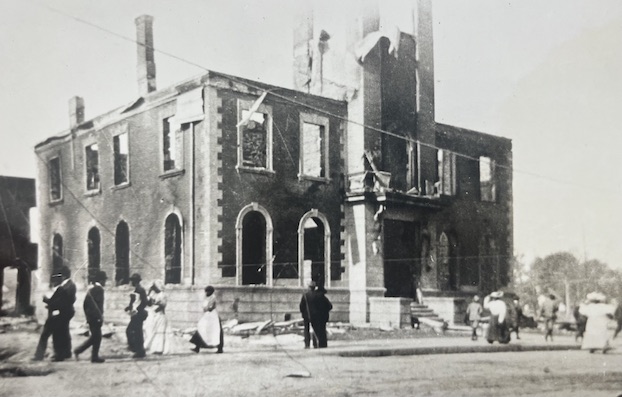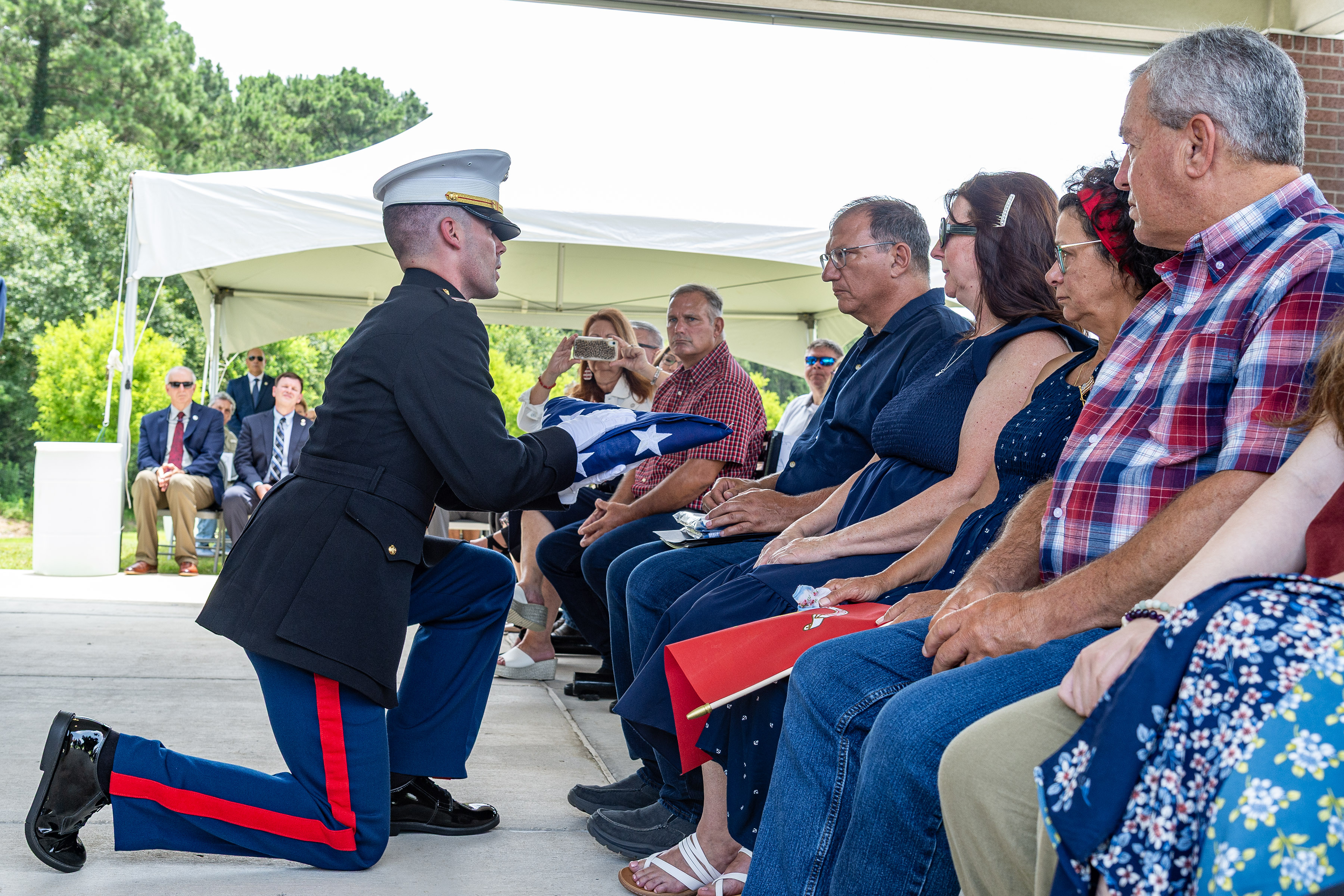The Informer: Treasure trove of historic photos rediscovered — and we want to share them with y’all
Published 5:37 am Saturday, January 11, 2025

- Lake Charles’ first City Hall was constructed in 1903. Before that, city council members met at homes, hotels or the second floor of the city’s then-fire station at the corner of Iris and Cole streets. (American Press Archives)
It’s a new year so I’d like to take a new direction with the American Press Informer column.
Most of you are aware that our home office relocated last month to the corner of Pujo and Hodges streets. During our move, multiple boxes of mostly black-and-white photographs — some of them 115 years old — were rediscovered. Within boxes of microfilm, we also found thousands of 35mm negatives from the days when we used dark rooms to develop our own film. The negatives had been slipped between microfilm storage canisters.
The negatives —enough to fill six filing cabinets — have been donated to the Southwest Louisiana Genealogical & Historical Library (which is across the street from our new location). But I’d like to share the photos we found with you.
Each Saturday, I plan to share at least one photograph and “inform” you of that photo’s historical significance. The idea was sparked when my publisher and I brought 15 historic front pages to a local framing shop for their preservation. Among the front pages are the Fire of 1910 that destroyed seven blocks of downtown Lake Charles; Toni Jo Henry’s execution; German submarines spotted in the Gulf of Mexico; D-Day; Victory Day; President Richard Nixon’s resignation; and a trio of Kennedy-themed pages — President John F. Kennedy’s assassination, Sen. Bobby Kennedy’s assassination and Sen. Ted Kennedy’s Chappaquiddick incident. The young salesperson was unfamiliar with most of these events.
Hopefully, this column might change that. (And if you’re interested in visiting our offices at 444 Pujo St., you can see those front pages for yourself in our first-floor lobby, conference room and publisher’s office).
For my first column, I’d like to focus on what many consider the most devastating period in Lake Charles history — the Fire of 1910. The fire started at about 3 p.m. on April 23, 1910, and destroyed 109 buildings including churches, two hotels, several boarding houses, some 30 businesses and 65 homes. Also “laid in ashes” according to the Lake Charles Daily American’s April 24,1910, edition was the court house, city hall and fire station.
The newspaper said the fire was first discovered among outhouses in the rear of the opera house and the headquarters of the Houston Brewing Company, which occupied a one-story frame building adjacent to it.
“The fire companies were on the scene, but it was apparent that the fire had gained such headway as to make the interior of the opera house a veritable furnace. It was impossible to control it even from the start, because the heavy wind was blowing from the lake directly towards the front of the building and the opposite side of the street,” the newspaper reads.
Not long after, Boudreaux’s butcher shop and Bordelon’s restaurant were “wrapped in the fiery embrace and totally consumed.”
From there, the roof of the Catholic church caught fire followed by the rectory, convent and the separate boys’ and girls’ school buildings.
The newspaper states the heat and smoke drove firefighters, both full-time and volunteers, back step by step as the fire spread “rapidly and with terrible fury.”
Most of those buildings on Ryan Street were built of cypress and pine. Wooden sidewalks lined the streets.
Next to be destroyed was city hall and the fire station of Company No. 1.
“Although of brick and each two stories in height, the buildings halted the fire for a moment or two, but soon they were burning at the fiercest and the flames jumped to Cole street and ignited the tailor shop on the corner.”
The newspaper reports that the only tax records saved before the courthouse was completely destroyed were those from 1908 and 1909.
“As soon as the appalling extent of Lake Charles’ misfortune became known, telegrams of sympathy and offers of aid began pouring in,” the newspaper reads. “Homes of people who escaped damage by fire were thrown open to less fortunate citizens. Owners of warehouses and buildings only partly occupied hurried to the front with offers of free storage and guards were thrown about the devastated district to protect exposed property.”
Estimates at the time said the city sustained $750,000 in losses. That would translate to about $24.9 million in today’s dollars.




